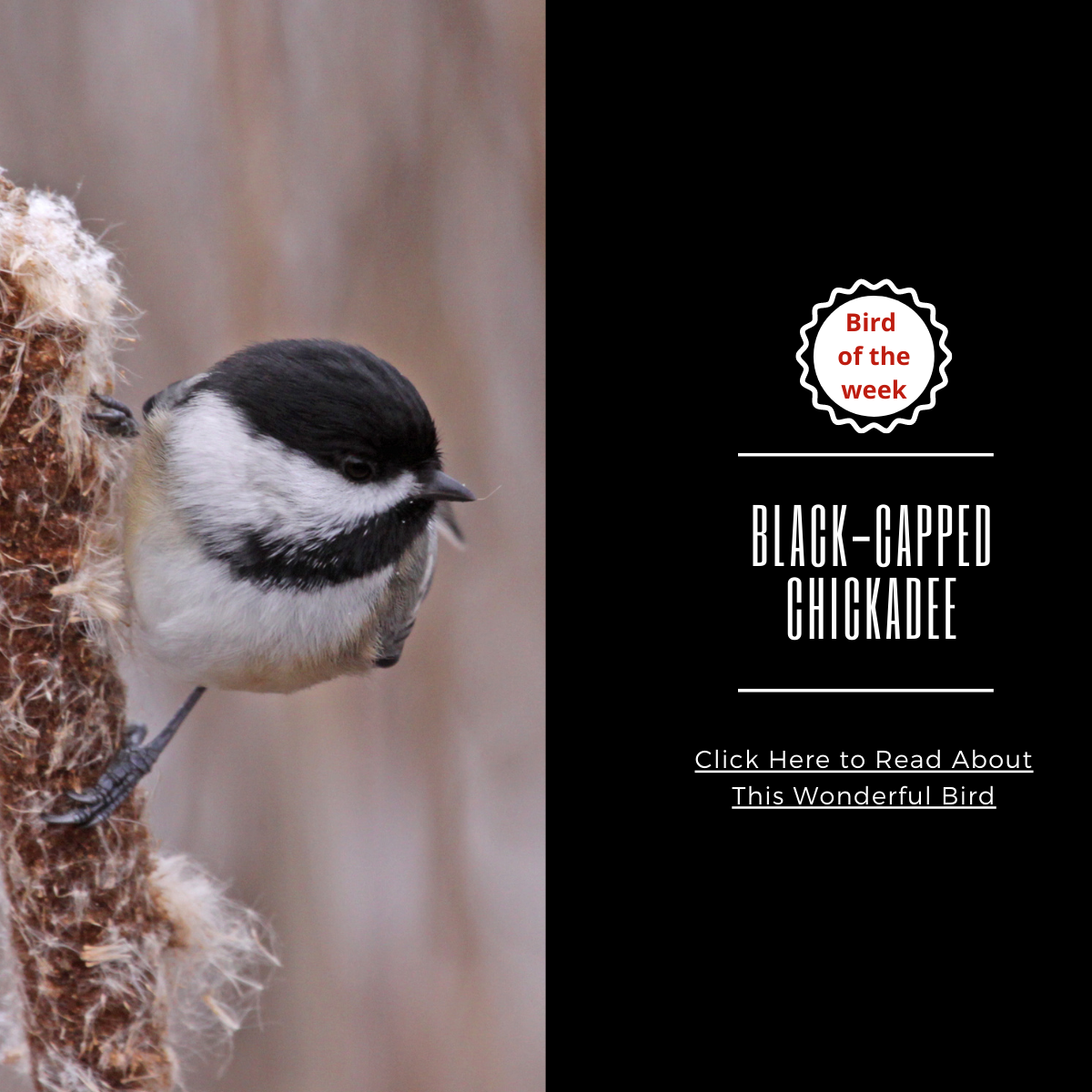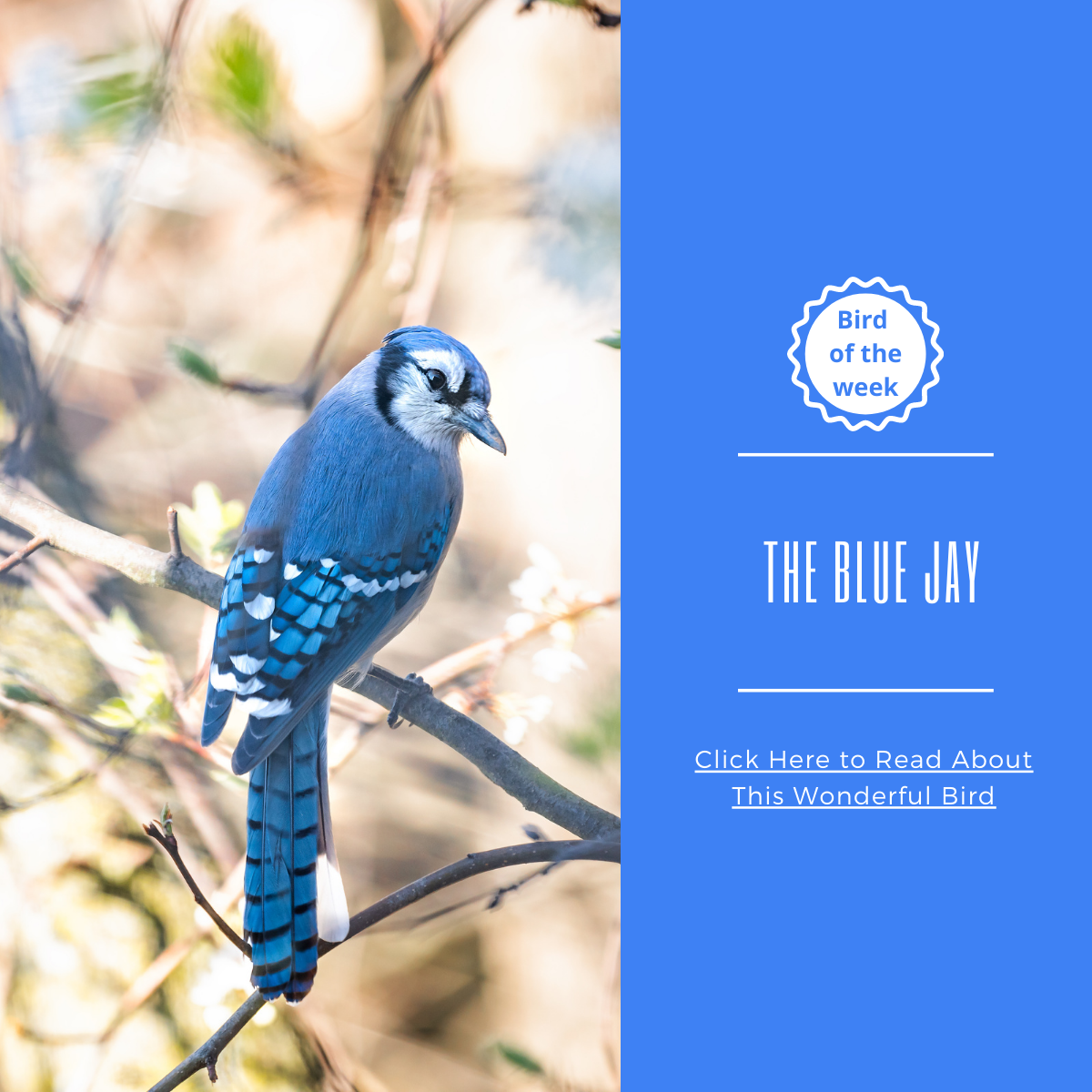Gay and polite, a cheerful cry,
"Chic-chicadee-dee!" Saucy note
Out of a sound heart and a merry throat,
As if it said, "Good day, good sir.
Fine afternoon, old passenger!
Happy to meet you in these places
When January brings new faces!“
The Chickadee, by Ralph Waldo Emerson
Poecile atricapillus
ORDER: Passeriformes
FAMILY: Paridae
In case you missed last week's bird-of-the week: The Blue Jay
https://www.nature-anywhere.com/blogs/bird-feeding-academy/blue-jay2
It’s hard to look at these little fliers and not melt inside with their cuteness! With their fat heads, stout necks and plump bodies, these curious tiny creatures are such a pleasure to have in your window or garden as they are extremely friendly.
Curiously enough, they are not as afraid of humans as other birds. After a short
training, you might get them to peck seeds from your hand! That’s why these birds
are first on the list for most bird lovers!
As this is a non-migratory bird, their sweet chirps bring a cheerful note to the cold
dark winter days.
Lookie here!
Females, males AND juveniles all have the same plumage: black caps and throats,
white fluffy cheeks, gray above with buff sides fading to beige-white bellies.
The Black-Capped Chickadee hails from Canada, Alaska and the northern United States. This little spunky one, the state bird of Maine and Massachusetts, lives in deciduous and mixed forests.
Their life span is sadly short, two to three years, mostly due to predators or the cold weather. The oldest Black-Capped Chickadee made it to 12 years and 5 months!
What kind of Bird feeders do they prefer?
Black-Capped Chickadees are very popular among us bird lovers as they are the
easiest to attract to our feeders. These friendly folk don’t mind if they peck from hanging feeders swaying in the air or stable window feeders. Having birch, willow or alder trees in your garden is a big plus as they are their favourites for nesting.
Whichever bird feeder you choose, offer them black-oil sunflower seeds or peanuts and they’ll be happy. But suet, peanut butter and mealworms will make them even happier! Don’t be fooled by their cute little beaks! They peck a hole in the shell, pull out little bits of the seed while expanding the hole and eat to their heart’s desire.
This is where hierarchy comes in. It may look like a polite flock is taking turns at the bird feeder but the dominant chickadee will peck first, followed by the next in the hierarchy and so on. While one is feeding, the rest will wait patiently.
But they won't wait long. The pecking chickadee will grab a seed, fly to a nearby
branch, peck the seed open, devour its contents, then come back for more.
Hey, we don’t judge you on your eating habits!
What do Black-Capped Chickadees eat?
Like many other bird species, the chickadees have different diets in summer and winter.
In winter, the Black-Capped Chickadees eat 50% insects (spiders, caterpillars, insect larvae and egg shells) and 50% garden food (berries and seeds). Come spring, they need energy for the mating season and so have more of an omnivorous diet: insects, spiders, etc.
But for our bird feeders, I usually place shelled sunflower seeds, raisins, and even suet and mealworm.
Mating and nesting.
During winter, the Black-Capped Chickadees flock together to pass the cold weather but come April, they break into pairs and start nesting.
Other than the fact that they mate for life, romance is pretty low key. The male will
show his wings, shivering and making a soft chirp. This is usually enough to win the female’s heart. So turn off the disco ball, not much dancing here!
The only dance is when the male shows his dominance in a way that shows who’s
boss to “lesser” chickadees. The dominant couple will grab the best nesting
locations, leaving the rest to make do with whatever they can!
Once paired, the happy couple look for any cavity to build their nest, usually in the
soft rotted part of a tree trunk which they excavate themselves. In fact, they usually check out a few options before choosing the final one. For instance, if there’s a predator nearby, they will abandon the nest, even if completed, and fly a good distance to rebuild their home.
The female does most of the job. It usually takes her less than a week, using moss
and other soft materials. She will hatch around 6 eggs, off-white coloured with little spots which hatch after 12-14 days. During this time, the male feeds her and continues to do so even after the eggs hatch. The female won’t leave her eggs unless it is to feed herself or to call her mate to bring the food already!
A few days after the young’uns come into the world, the male and female will take
up the feeding chores together. And after just over two weeks, the little ones leave
the nest.
After this family affair, like the circle of life, the chickadees will return to their flock
which can also include Woodpeckers, Titmice and Nuthatches until spring comes
again, when our little black caps will leave the flock again for mating.
It’s freezing? Why aren’t we tanning in Florida?
Black-Capped Chickadees don’t migrate in winter. They may perhaps move a few
miles, but that’s it. They eat 20 times as much as they do in the summer - anyone who’s experienced winter in north America would understand why!
During winter, both juveniles and adults flock together, with the dominant adults as head of the clan. It is this hierarchy that protects them from predators.
But… it’s cold. You’ll notice their feathers puffing up to insulate the heat as much as possible. If that isn’t enough, they’ll operate another mechanism: shivering, but not for long periods of time as this uses a lot of energy and resources which are scarce in winter.
That’s where bird feeders come in! Research shows that the survival rate of
chickadees nearly doubled to 69% when they had access to feeders, compared with 37% survival rate without them.
Hear them before you see them!
Black-Capped Chickadees are easily seen anywhere where there are trees or bird
feeders, hopping from branch to branch, filling the air with music.
They can make at least 15 different calls to communicate with flock-mates and
offspring. Of course the name is onomatopoeic to its tune: chickadee-dee-dee. The male has a couple of ditties of two or three whistled notes: feee-bee or feee-bee- bee which suggests the name "chick-a-dee-dee."
They are often heard before they’re seen. Listen to the bird calls below, then look
for the flocks they travel in. Black-Capped Chickadees fly in flocks that contain other species as well, learn to distinguish this chickadee from the rest.
Fun facts!
~Memory
Black-Capped Chickadees can remember where they hid food for at least a month after putting it in its hiding place.
~Brains.
During the mating season, their tiny (though sharp!) brains get bigger to enable
them to create more melodies and sounds. In the same manner, the Black-Capped Chickadees have neurons that can “forget” useless information and create new ones to learn and adapt to changes.
~The Mask of Zorro!
A flock of Black-Capped Chickadees is called a banditry of chickadees! This is due to heir black masks. Maybe if a flock of black Zorros passed over our heads, we’d give them the same name!





2 comments
Stacey
Love the sweet birds!
This was such an informative article!
I would love to try to hand feed these beautiful creatures!😊❣️😊
Michele
Nice article! Having them nesting for years in some of my boxes. I keep 1 1/8 hole restrictor on a lot of boxes in my yard especially for them because house sparrows will attack them and kill them in the box if you don’t I have had it happen unfortunately. I also try to watch for house wrens because they also will kill nestlings. I also try to have live mealworms for them during cold nesting season it really helps!
Leave a comment
All comments are moderated before being published.
This site is protected by reCAPTCHA and the Google Privacy Policy and Terms of Service apply.